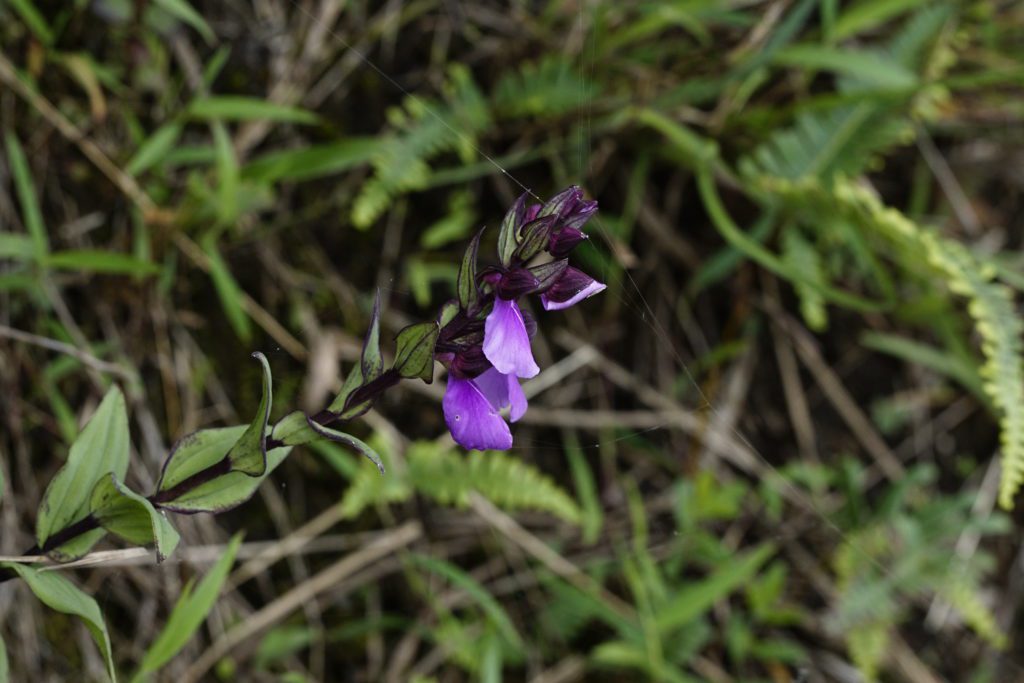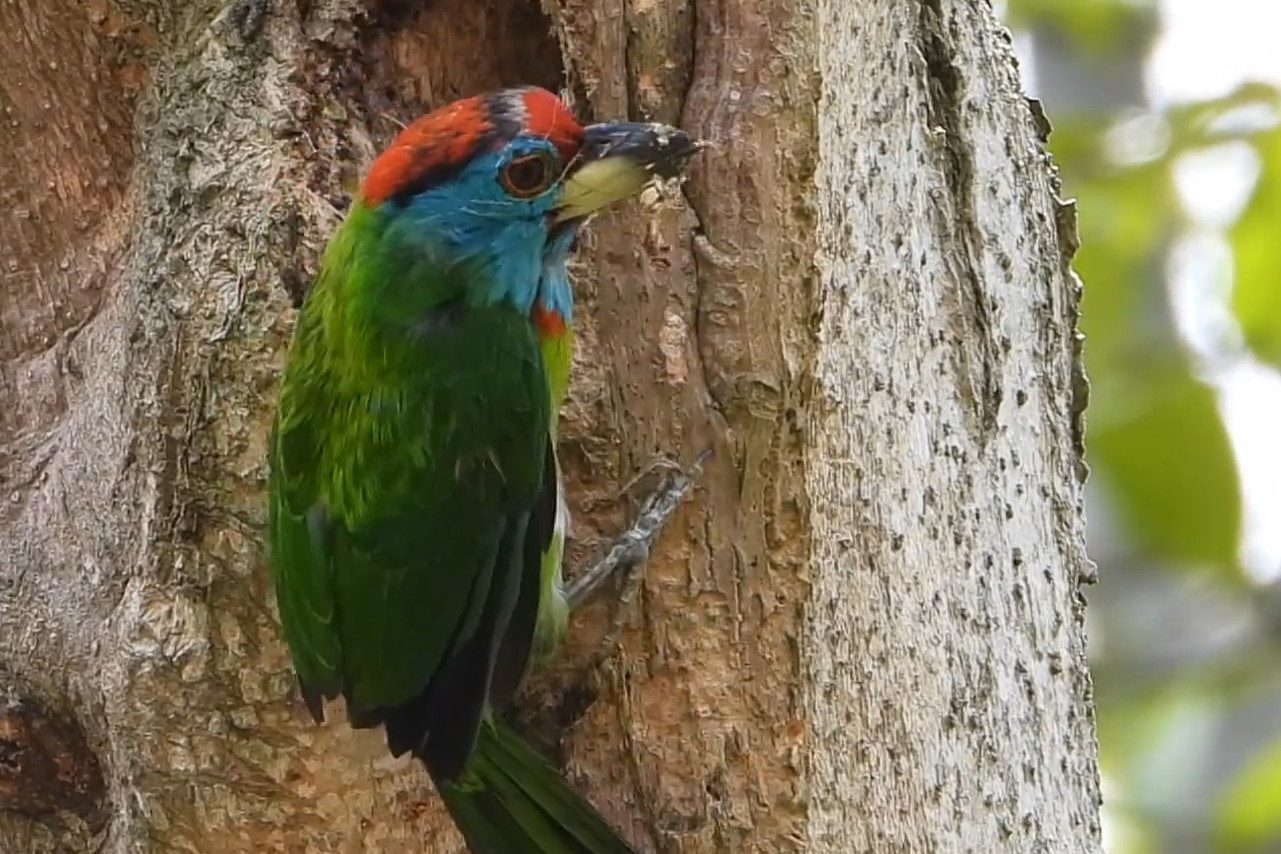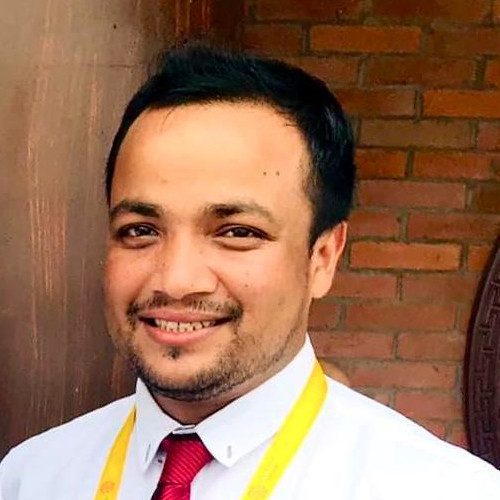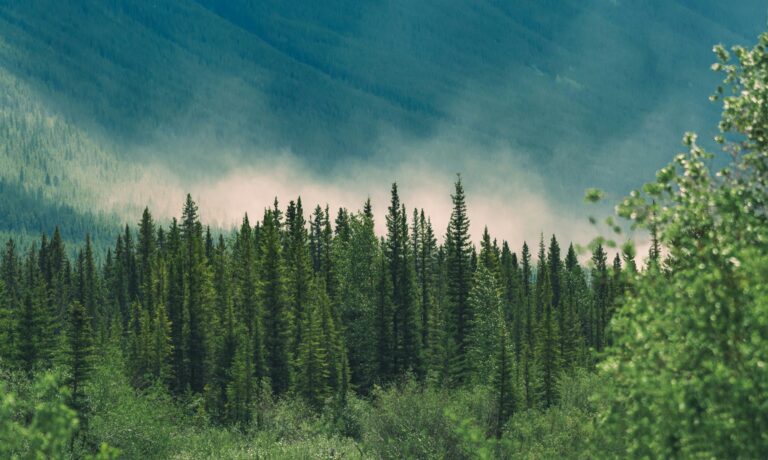The Buddhist community of Chalapathar Shyamgaon, a village in eastern Assam’s Charaideo District in northeastern India, which sits on the edge of the 683-hectare Chala Reserve Forest, has adopted the nearby forest as the Chala Village Sanctuary, prompted by a call to protect the bhungloti, a native species of creeper that has traditionally been used to give Buddhist monastic robes their iconic saffron hue.
According to The Hindu newspaper, five years ago, the monks of Chalapather Buddhist Monastery in the 152-year-old settlement lamented the near-extinction of the bhungloti creeper, which, combined with the inner flesh of the root of the jackfruit tree, is used to create the distinctive saffron dye.
“I am happy to be associated with this community, which has aspired to conserve this natural habitat for the forthcoming generations.”
“The concern of the monks triggered a movement for conserving the adjoining Chala Reserve Forest, the traditional source of most of the colors in our lives,” the secretary of the Chala Village Sanctuary Conservation Society, Pyoseng Chowlu, was quoted as saying by The Hindu. “And in September 2018, the people of 10 villages in the vicinity converged to do something about it.”
Consequently, the Chala Village Sanctuary was designated. To assist the understaffed Forest Department in warding off loggers and poachers, a forest protection group of 22 individuals from the villages was formed.
“We have only three staff to manage Chala and only one of them is permanent,” said Forest Division Ranger Dhimangshu Saikia. “The village sanctuary initiative, albeit non-notified, has yielded some green soldiers who are helping us check tree felling.” The Hindu “Buddhist monks’ saffron robe gives green spin to Assam village”

The conservation society has also been re-greening some 30 hectares of land that had been denuded by illegal logging and a few oil wells planted by India’s Oil and Natural Gas Corp.
“We are maintaining more than 20,000 saplings the Forest Department gave us to plant,” said Prachurjya Shyam, an executive member of the Chala Village Sanctuary Conservation Society. “We have also established a 2.5-hectare biodiversity park in part of the forest with an assortment of orchids and indigenous trees.” The Hindu “Buddhist monks’ saffron robe gives green spin to Assam village”
Around 100 meters above sea level, the Chala Village Sanctuary is home to a number of orchids that are usually found at higher altitudes.
“We are documenting the plants and herbs of our village sanctuary,” said society secretary Chowlu. “They include the now rare Gnetum gnemon, a nutrient-rich plant [that the] locals have consumed for ages.” The Hindu “Buddhist monks’ saffron robe gives green spin to Assam village”
The Assam Centre for Ornithological Research, based in the nearby city of Jorhat, produced a 12-minute documentary titled “Chala Village Sanctuary” last year, focusing on the wilderness and the efforts of the Buddhist community.
“I am happy to be associated with this community, which has aspired to conserve this natural habitat for the forthcoming generations,” said Suryya Kumar Chetia, one of the documentary producers. Northeast Now “Assam: Community conservation of Chala village sanctuary comes alive in documentary”
Chalapathar Shyamgaon is now a tourist attraction that forms a part of a sightseeing tour of the city. The village is mainly populated by the Khamyang people of Assam, who are the followers of Buddhism, and is home to one of the oldest Buddhist temples in the state.
This article was originally published on Buddhistdoor Global. It is reprinted here with permission.








